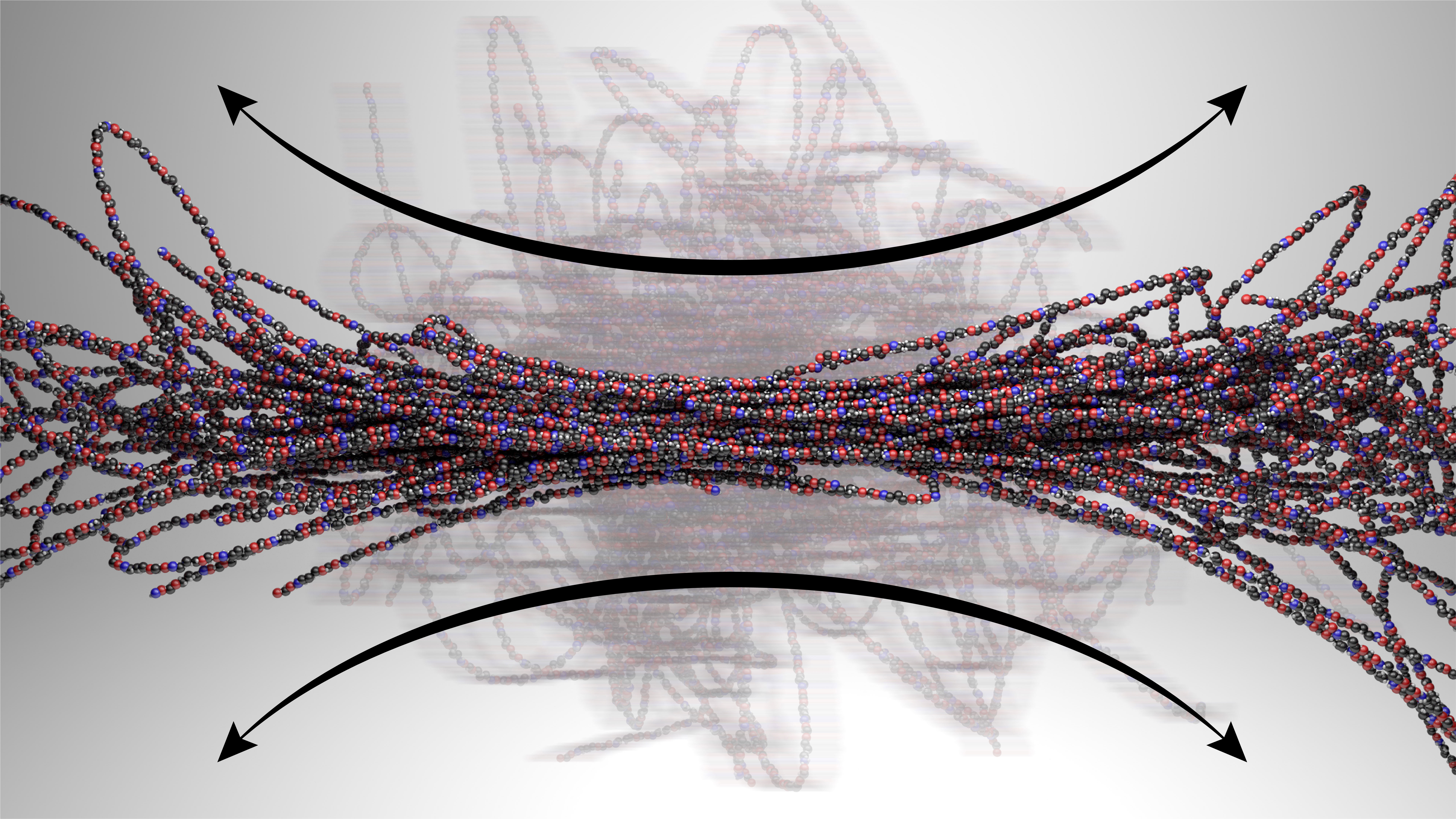
Modeling Polymers for Next-Generation Manufacturing and Sustainability
New computational methods “fingerprint” polymer motions under flow.

New computational methods “fingerprint” polymer motions under flow.
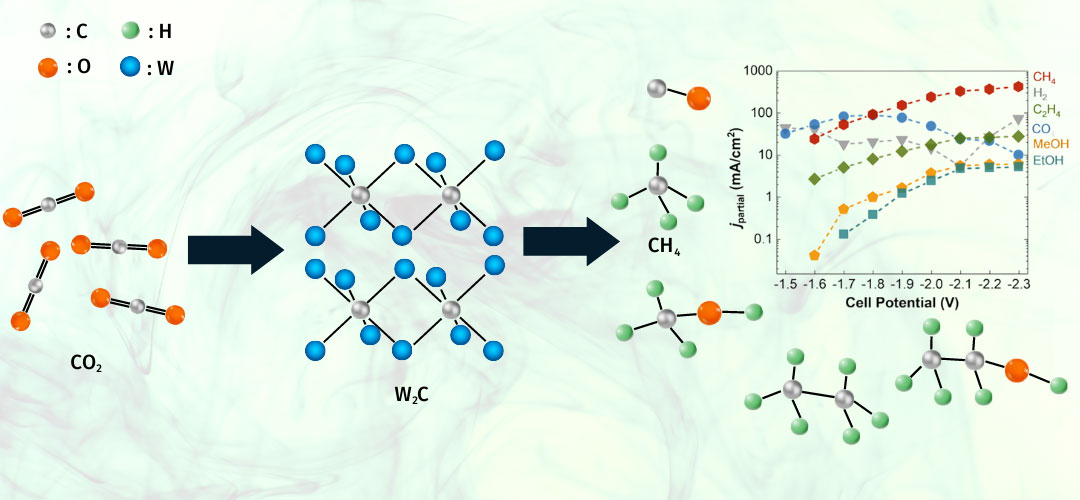
A tungsten carbide catalyst can produce a hydrocarbon from carbon dioxide at high rates and high efficiency.
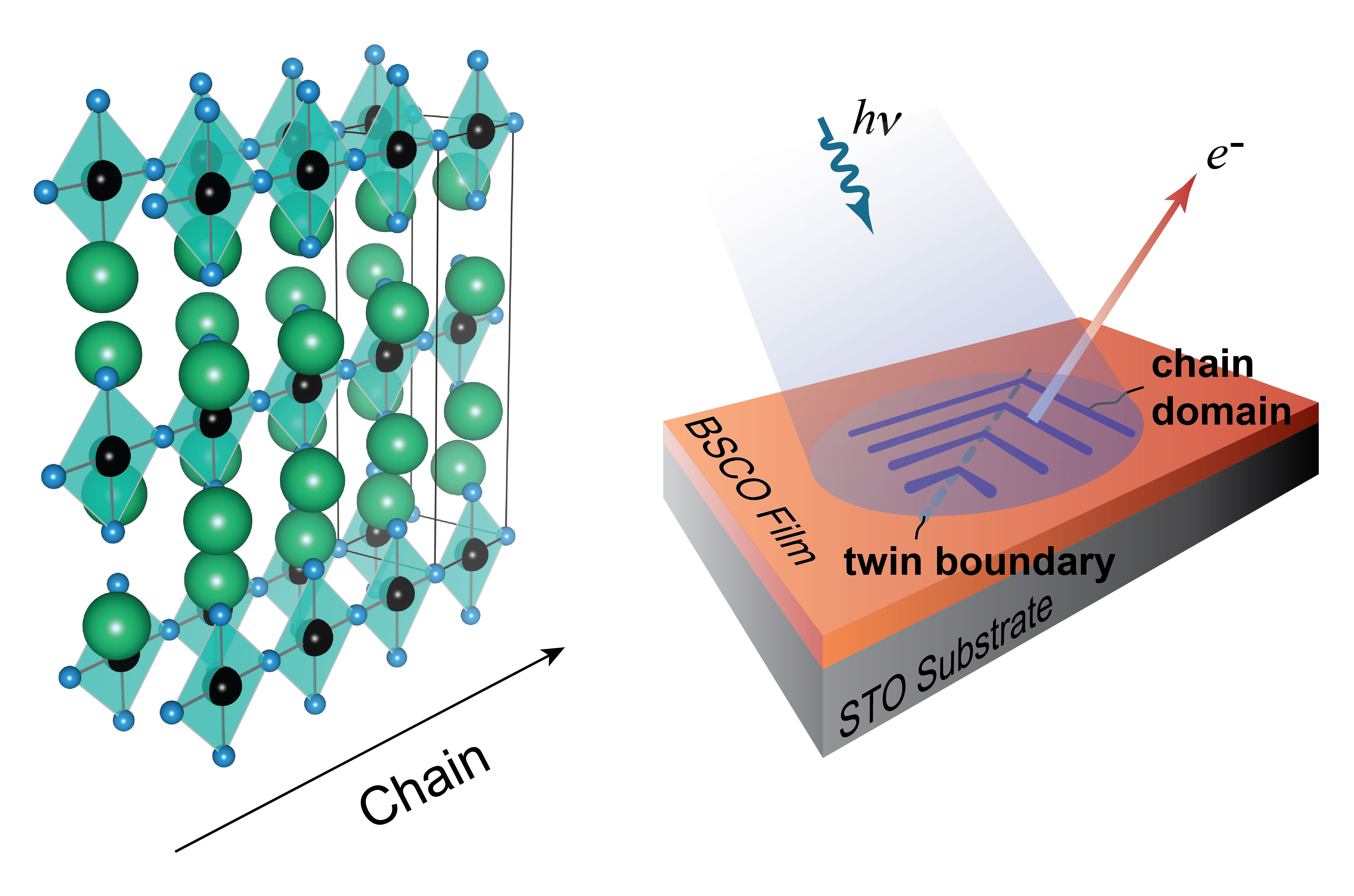
Scientists can now verify theoretical predictions using one-dimensional compositions grown in-situ at a synchrotron spectroscopy station.
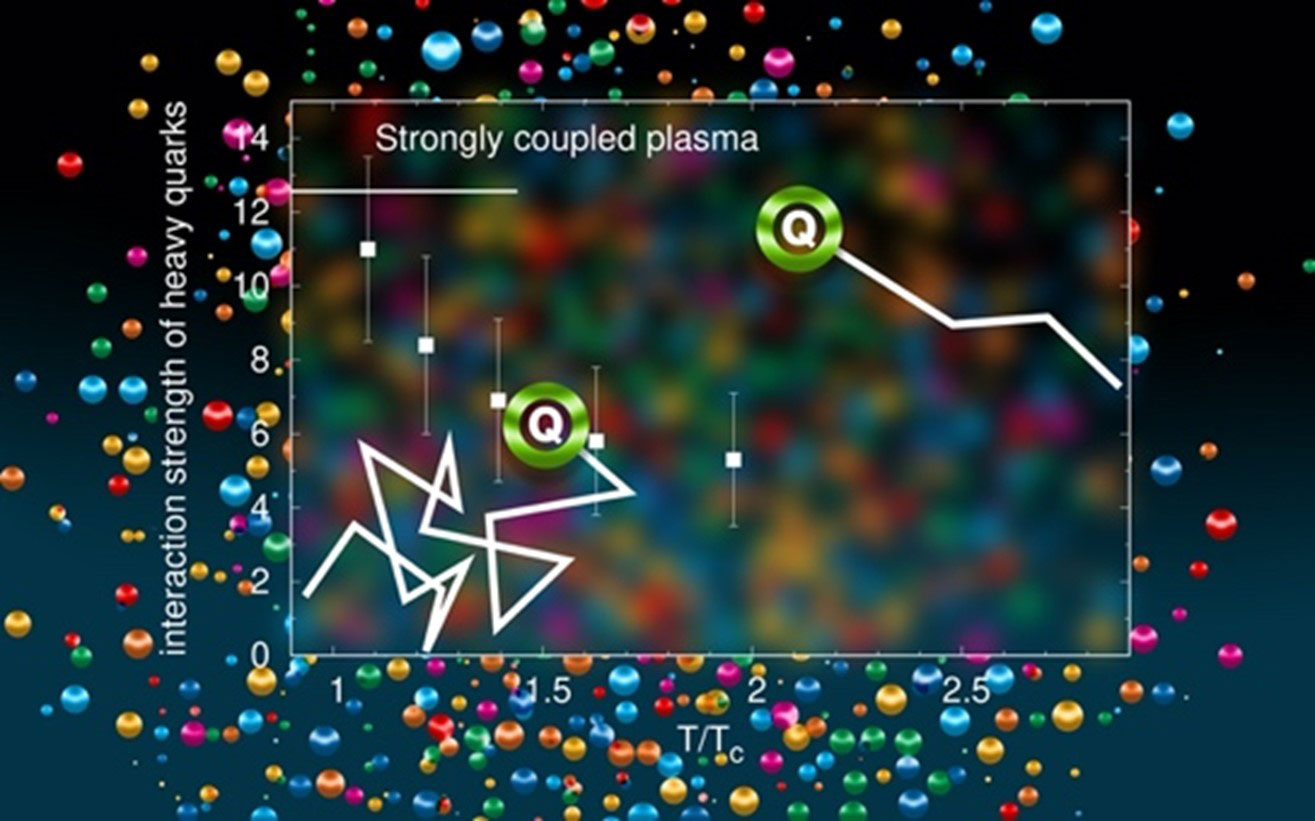
New results will help physicists interpret experimental data from particle collisions and better understand the interactions of quarks and gluons.
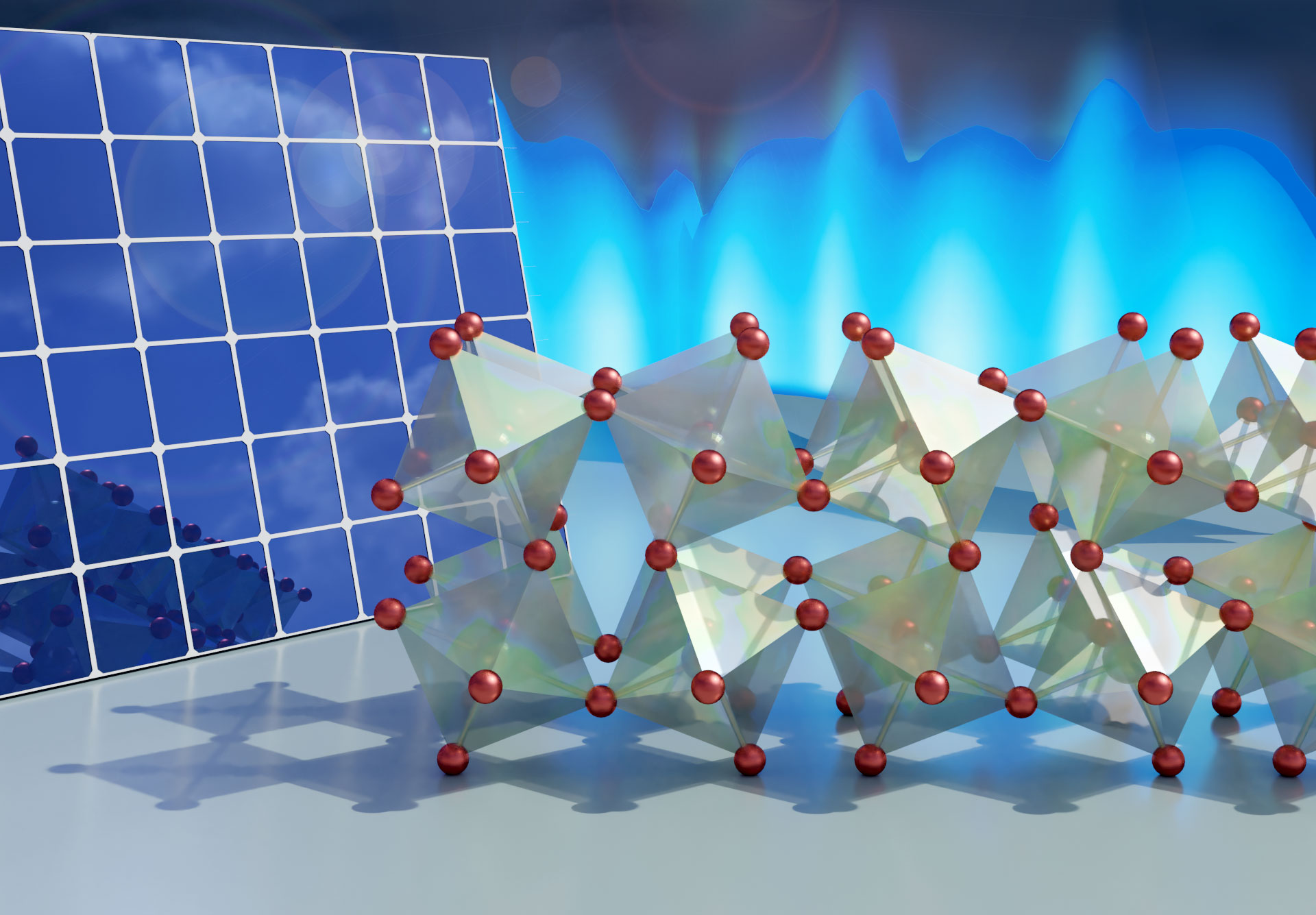
Experiments examine atomic disorder and dynamics that could explain beneficial optical properties.
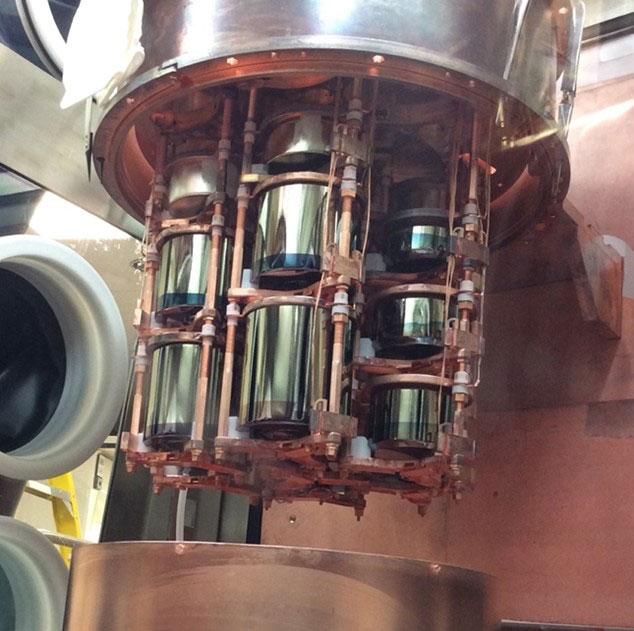
If observed, neutrinoless double-β decay would have changed our view of the Universe.
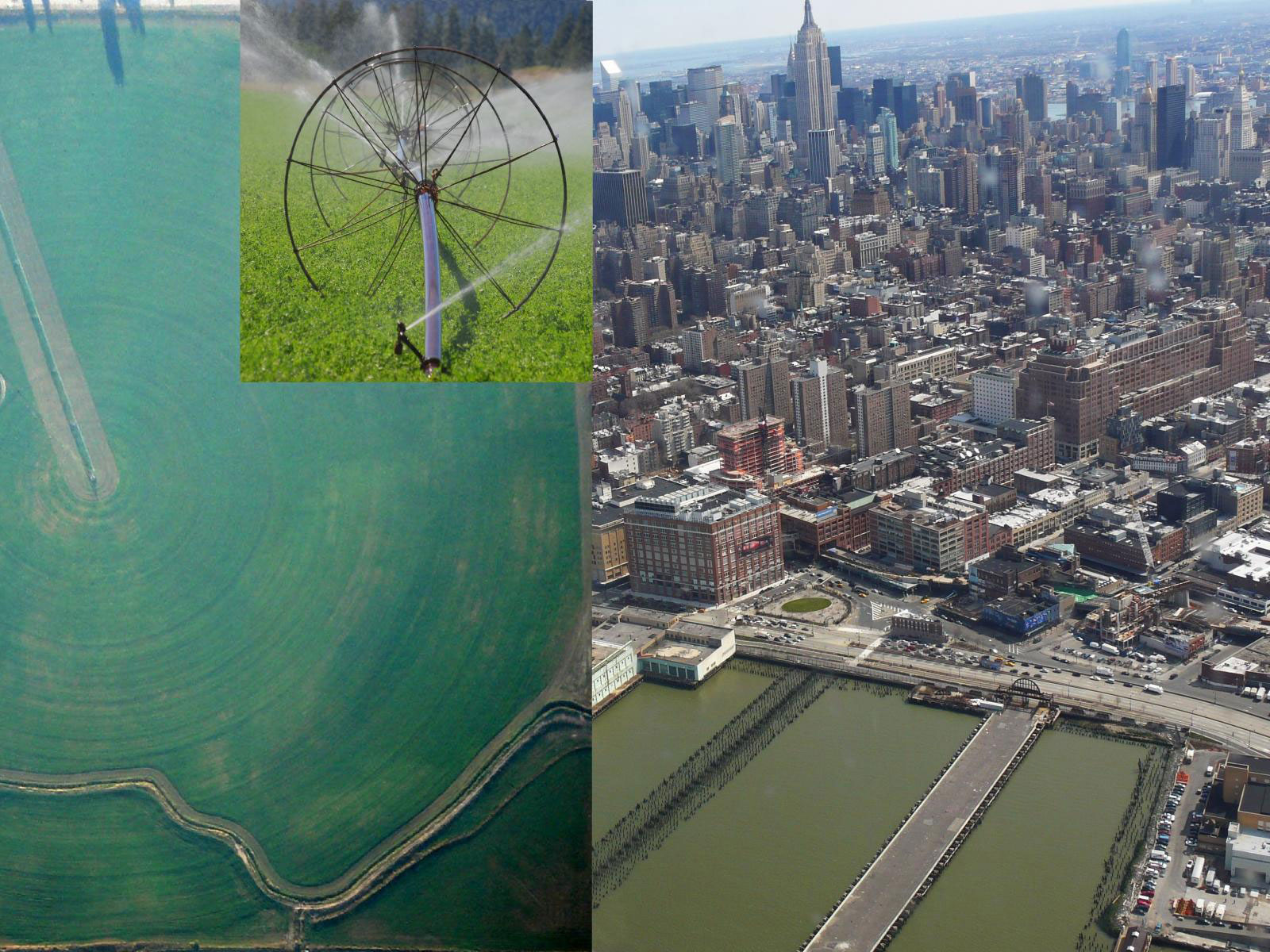
Land use and land cover changes have diverse and contrasting effects on different types of rain.
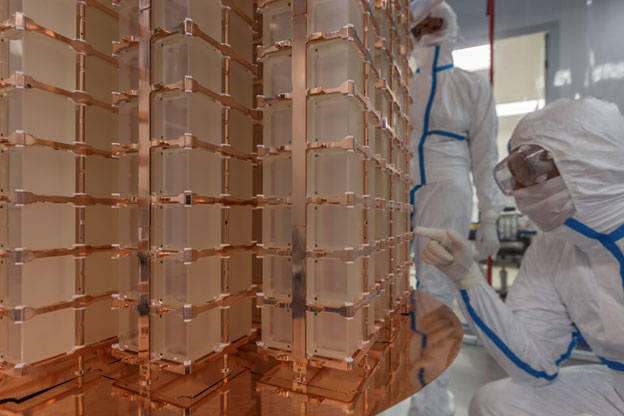
Physicists use a detector under an Italian mountain to search for rare nuclear processes to explain why our Universe has more matter than antimatter.
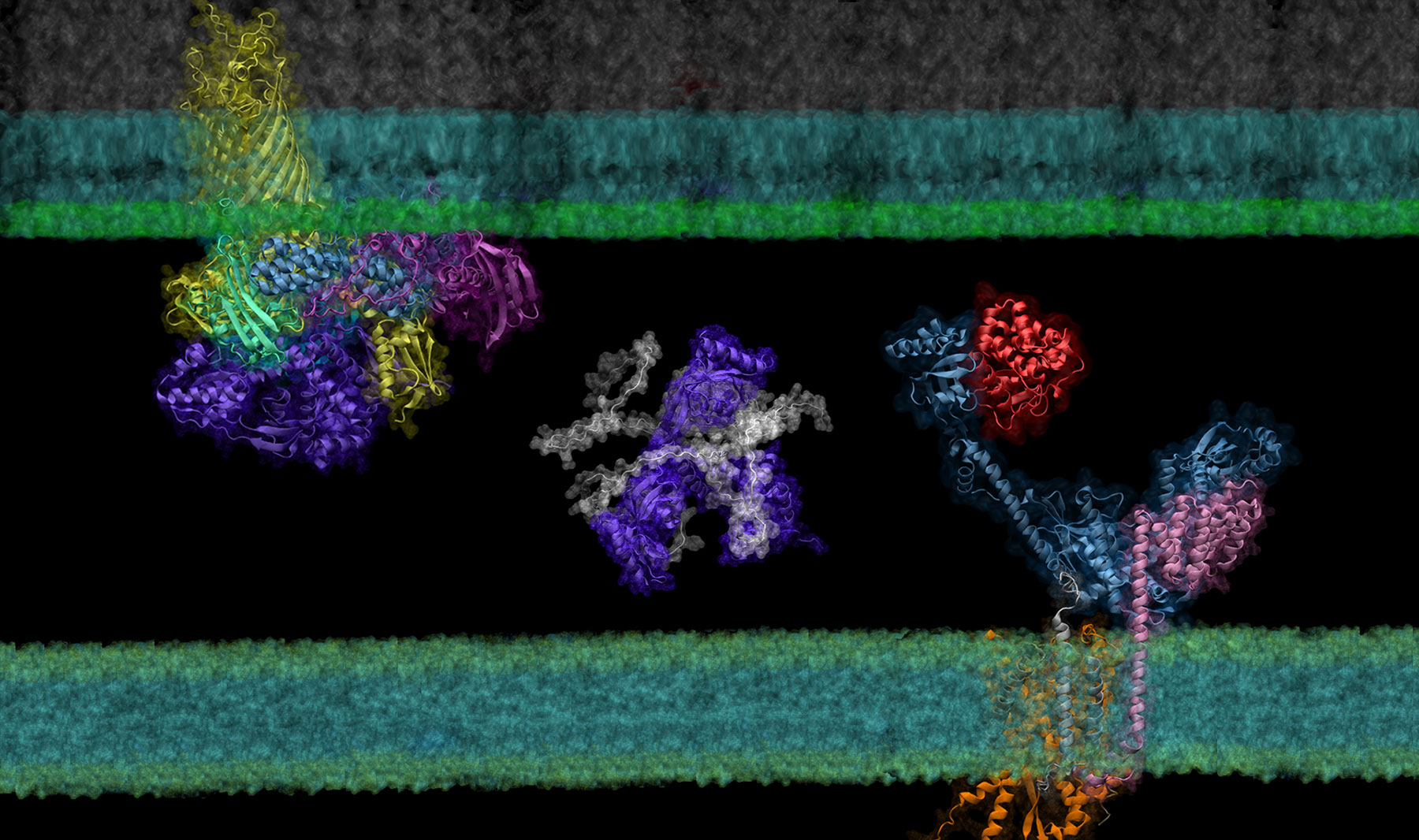
Researchers demonstrate a real-world large-scale application of deep neural network models for discovering novel protein-protein interactions.
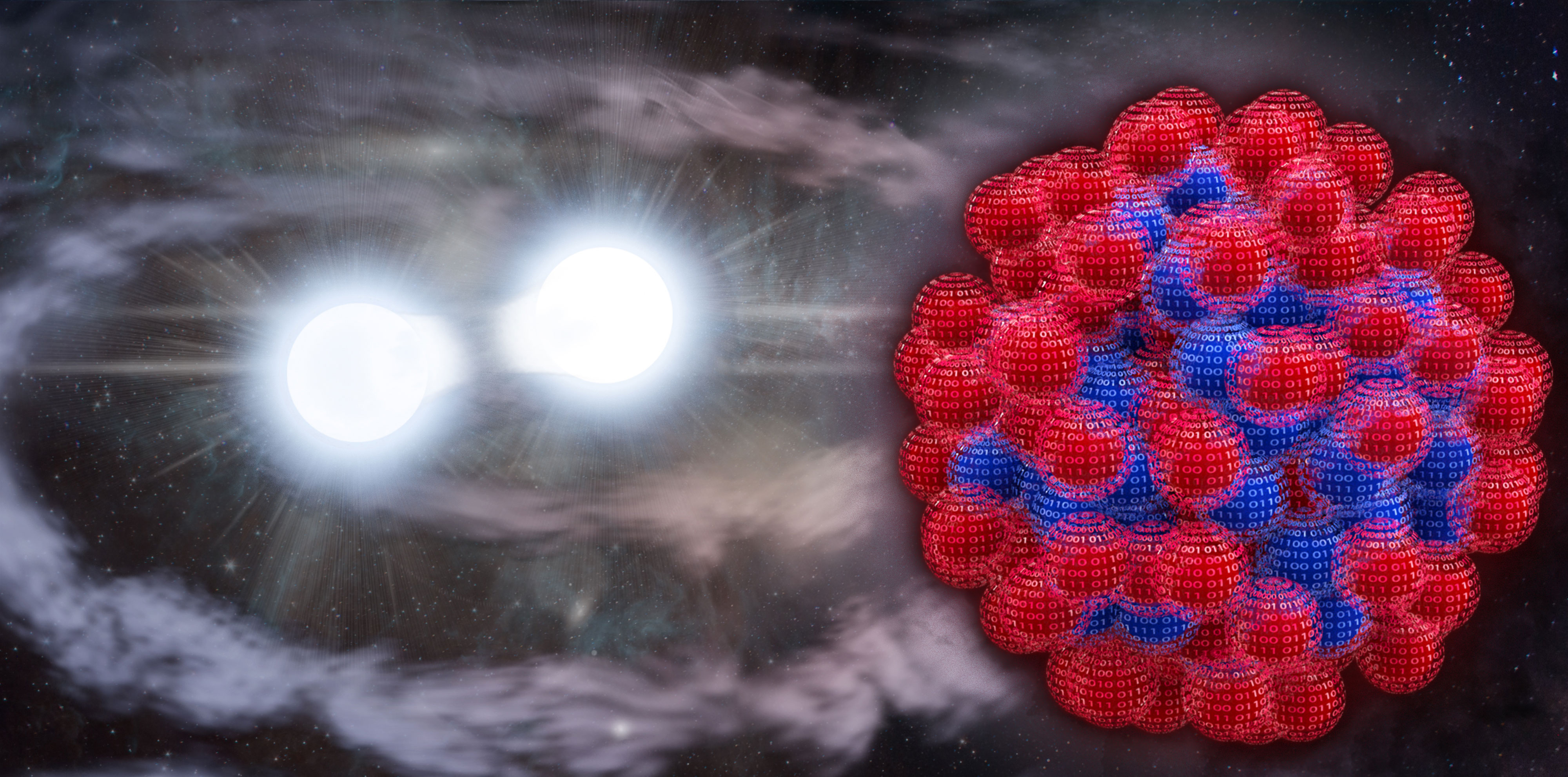
Powerful statistical tools, simulations, and supercomputers explore a billion different nuclear forces and predict properties of the very-heavy lead-208 nucleus.
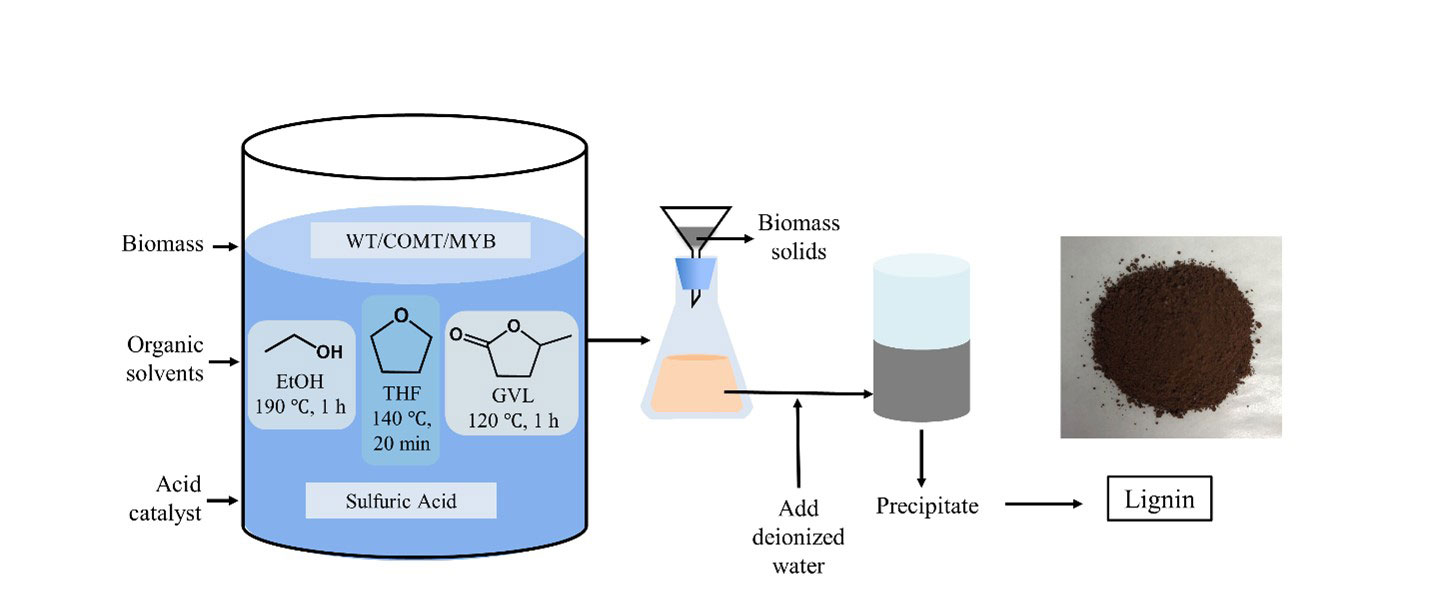
Three common solvents for pretreating switchgrass yield lignin extracts with the potential for making different valuable bioproducts.
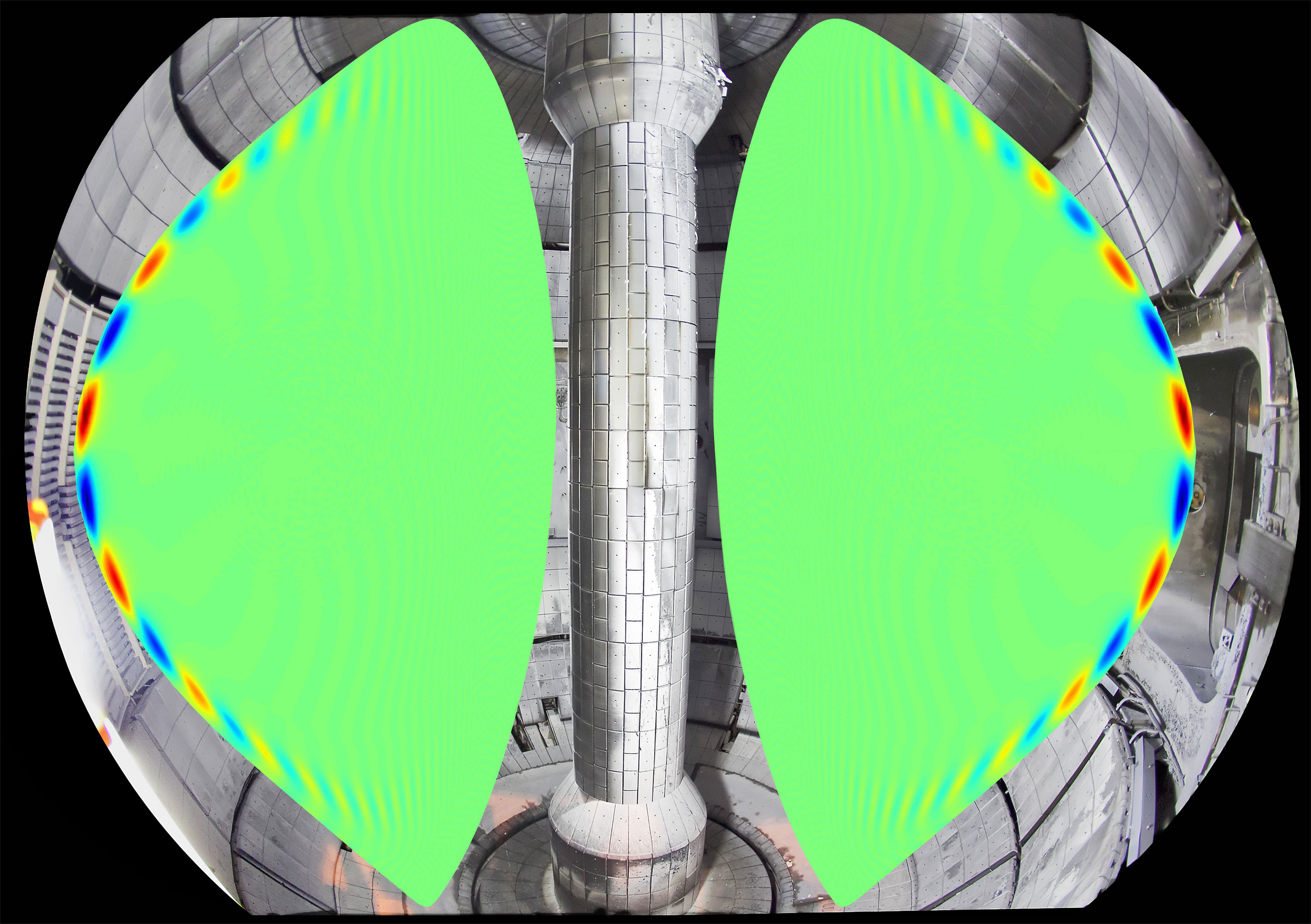
New discovery allows scientists to better stabilize the plasma in future compact fusion reactors.